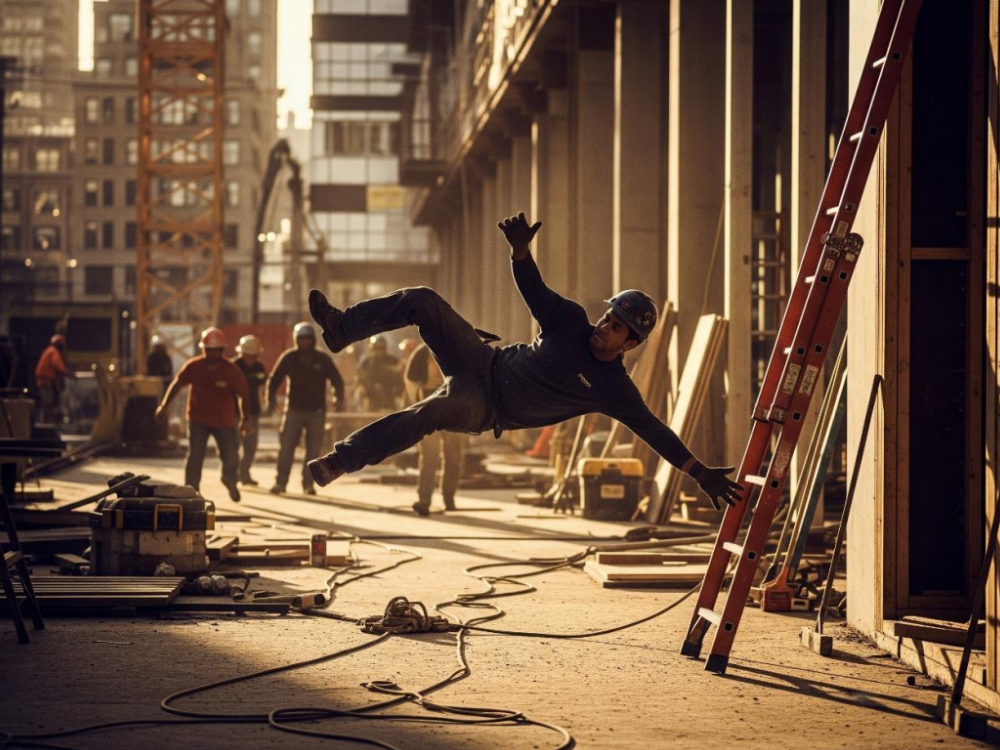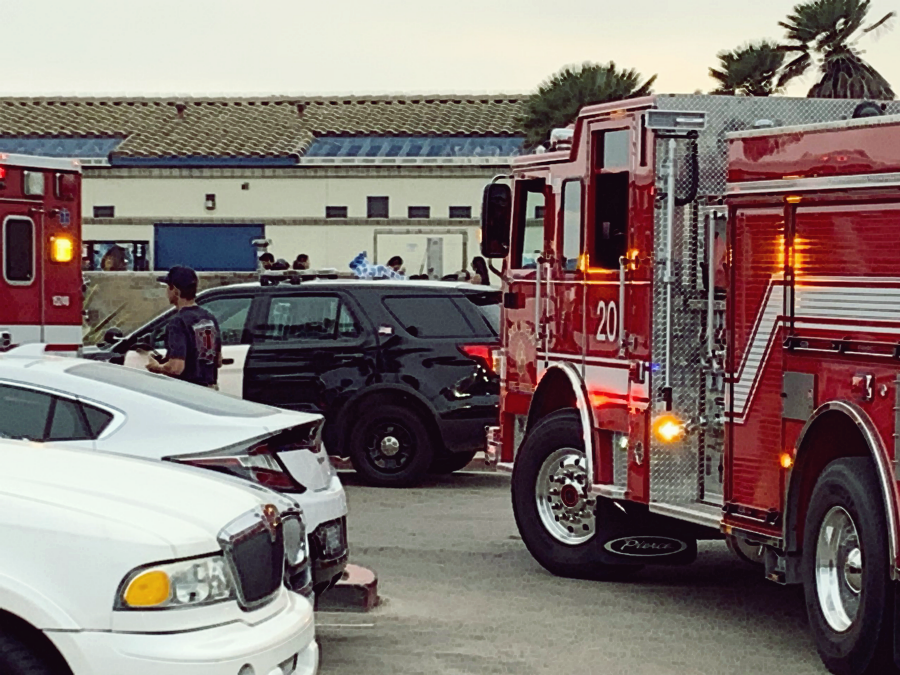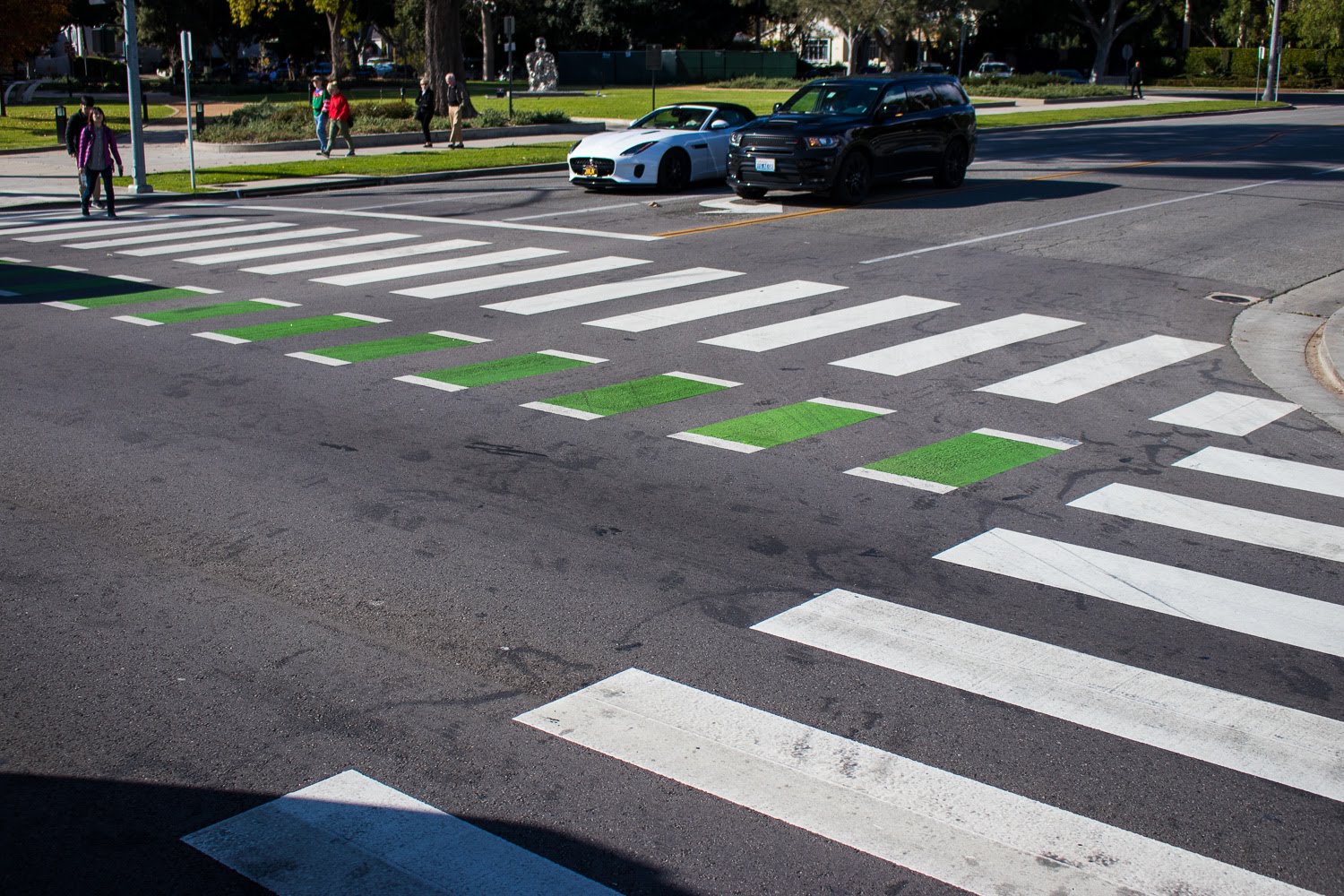Construction helps shape the iconic skyline of Manhattan—but behind each towering crane lies serious risk. Construction accidents, from scaffold collapses to machinery malfunctions, are unfortunately all too common in NYC. For those injured, knowing your legal rights and holding responsible parties accountable is critical.
At Keith D. Silverstein & Associates, we specialize in representing accident victims across New York. With 35+ years of experience and deep insights into defense strategies (after 25 years working on the other side), we help injured workers secure the compensation they deserve. If you’ve been hurt on a job site, this guide will walk you through common causes, your rights under New York law, and the steps you should take to protect your claim.
- Common Causes of Construction Accidents in Manhattan
- Falls from Heights / Scaffold Accidents
- Being Struck by Falling Objects / Debris
- Machinery & Equipment Malfunctions
- Electrical / Electrocution Hazards
- Trench Collapses & Excavation Risks
- Slips, Trips & Falls
- Your Legal Rights After a Manhattan Construction Accident
- Workers’ Compensation – A Base Level Remedy
- Medical expenses
- A portion of lost wages
- Disability payments (temporary or permanent)
- Third-Party / Personal Injury Claims
- Property owners / developers
- General contractors or subcontractors
- Equipment or machinery manufacturers (product liability)
- Architects, engineers, or other third parties
- New York’s Special Labor Laws (240, 241, 200)
- Labor Law § 240 (“Scaffold Law”) – imposes strict liability for elevation-related injuries (falls or falling objects). Injured workers don’t need to prove negligence; only that safety equipment was insufficient or misused.
- Labor Law § 241(6) – holds contractors/property owners liable for violations of New York industrial construction codes that lead to injuries (e.g., safety violations, failed protective measures).
- Labor Law § 200 – a general duty to provide a safe workplace; applies even where § 240 or § 241 don’t. Liability arises when a party had control to correct the hazard. Because Keith Silverstein previously defended insurance interests and understands defense tactics deeply, our firm is well positioned to counter defense strategies under these laws.
- Statute of Limitations & Deadlines
- Most personal injury claims must be filed within three years from the date of the accident.
- For claims against NYC or government entities, shorter deadlines (such as a “notice of claim” within 90 days) may apply.
- You must report work injuries to your employer (often within 30 days) to preserve rights.
- Steps to Take Immediately After an Accident
- Seek medical attention immediately. Do not delay, even if injuries appear minor. Early documentation is crucial.
- Report the accident in writing to your supervisor/employer and ensure an official incident report is filed.
- Preserve and document evidence:
- Photographs/videos of the site, conditions, scaffolding, machinery, protective devices
- Equipment or tools involved
- Safety plans, logs, maintenance records
- Names and contact info of witnesses
- Keep detailed records: All medical bills, treatment notes, lost wage statements, diary of pain/symptoms.
- Avoid statements or signing documents with insurers or employers without legal advice.
- Contact a qualified construction accident attorney immediately. Evidence degrades, witness memory fades, legal deadlines loom.
- How Keith D. Silverstein & Associates Can Help
- Insider’s insight into defense tactics: Because Mr. Silverstein spent 25 years defending insurers and corporations, he anticipates the defense’s strategy before they deploy it.
- Personalized support: We respond promptly to calls, treat you like family, and guide you from day one.
- Contingency-fee model: You pay nothing unless we recover compensation for you.
- Track record & credibility: We have handled high-value, complex injury cases (e.g. multi-million-dollar verdicts) and use real results to show our competence.
- Comprehensive strategy: We identify every potentially liable party (contractors, owners, manufacturers), navigate Labor Laws (240, 241, 200), and negotiate aggressively to maximize your recovery
- Case Preview: What a $4.25M Construction Verdict Means
- Common Questions (FAQ)
Construction sites in Manhattan present unique hazards: tight spaces, high-rises, multiple contractors. Some of the most frequent causes include:
One of the leading causes under New York’s Labor Law § 240 (Scaffold Law). When scaffolds collapse, workers climb or descend ladders without proper fall protection, or debris fall from above, the consequences can be devastating. Under § 240, property owners and general contractors are held to strict liability for gravity-related injuries— even if the injured worker shares some fault.
When tools, building materials, or equipment fall from higher levels, workers below may suffer severe head or bodily injuries. Failure to secure tools or provide protective overhead netting often contributes.
Heavy equipment—cranes, hoists, forklifts—are indispensable but dangerous. Mechanical failures, improper maintenance, lack of guarding, or operator errors can lead to crushing injuries, amputations, or traumatic impact injuries.
Exposure to live wires, faulty wiring, or contact with power tools can cause severe burns or fatal electrocutions. Improper grounding or safety protocol violations are common culprits.
Soil may cave in on workers in trenches, especially where shoring or sloping is not properly installed. Unsafe excavation practices pose life-threatening risk.
Uneven surfaces, debris, open holes, wet surfaces, or poor lighting can cause slip/trip incidents. While these may seem less dramatic, they often lead to fractures, head injuries, or back trauma.
If you’re injured, you have rights—beyond what your employer might want you to believe. Here’s how the law protects you:
Every employer in NY is required to carry workers’ comp. If you qualify, you can recover:
However, workers’ compensation does not cover pain and suffering, full lost wages, or punitive damages. It also usually bars suing your direct employer
You can file a lawsuit against other parties who contributed to your accident, such as:
These claims allow you to recover pain and suffering, full lost wages, future earnings, and more. Because Manhattan sites often involve multiple entities, identifying all liable parties is critical.
These statutes are powerful tools in construction accident litigation:
Missing deadlines may completely bar your right to sue.
Your actions in the aftermath can determine whether your claim is strong or weak.
Here’s a play-by-play:
When you choose Keith D. Silverstein & Associates, you’re choosing a law firm that combines deep experience, strategic insight, and personal dedication.
To illustrate what’s possible when a strong legal team takes on complex cases:
In a recent construction accident in New York, Keith D. Silverstein & Associates secured $4.25 million for a worker who sustained a serious neck injury after being struck by an improperly maintained fence. This result demonstrates the high stakes these cases can reach—and the necessity of a legal team capable of fighting for full justice.
Q: If I’m already receiving workers’ compensation, can I sue someone else?
Yes. While workers’ comp typically prevents suing your direct employer, you can sue third parties (contractors, property owners, equipment manufacturers) who contributed to your injury
Q: What if I was partially at fault?
New York’s comparative negligence rule allows you to recover even if partially responsible, though your damages may be reduced proportionally.
Q: How long do I have to sue?
Generally, 3 years from the injury date for personal injury claims. But claims against 6 government entities often require notice within 90 days. Time is of the essence—don’t delay.
Q: Are undocumented workers protected?
Yes. Under New York law, all workers—including undocumented laborers—have rights to injury claims and compensation
Q: How much will it cost me?
We work on a contingency fee basis: you owe us nothing unless we recover compensation for you. No upfront legal fees.
Conclusion
Construction accidents in Manhattan are unfortunately common—and the aftermath can be overwhelming. But you don’t have to face this alone. With the right legal team, you can protect your rights, secure compensation, and hold negligent parties accountable.
If you or a loved one has been seriously injured in a construction accident in Manhattan, call Keith D. Silverstein & Associates immediately for a free consultation. We stand ready to fight for you.




